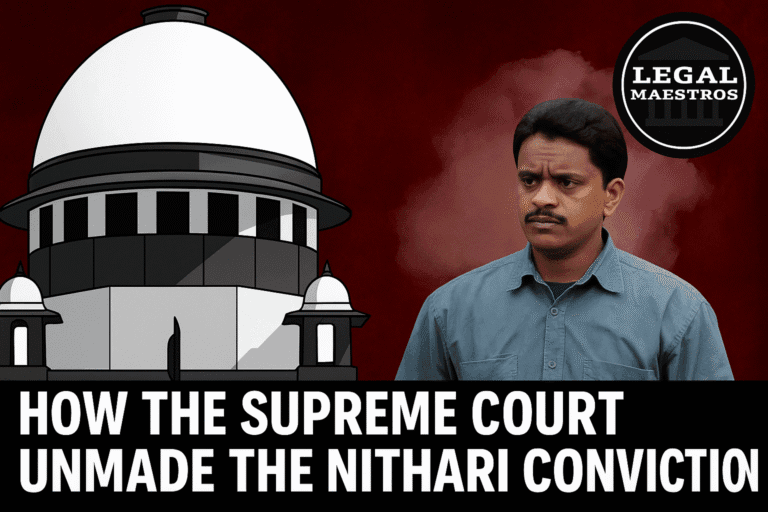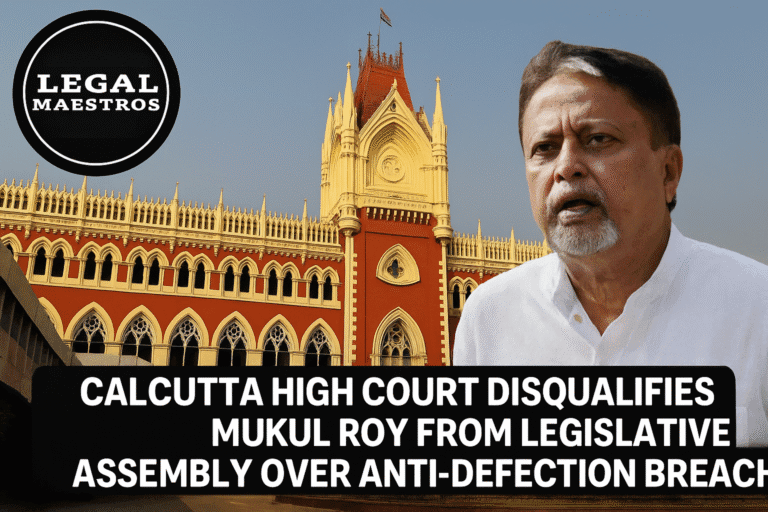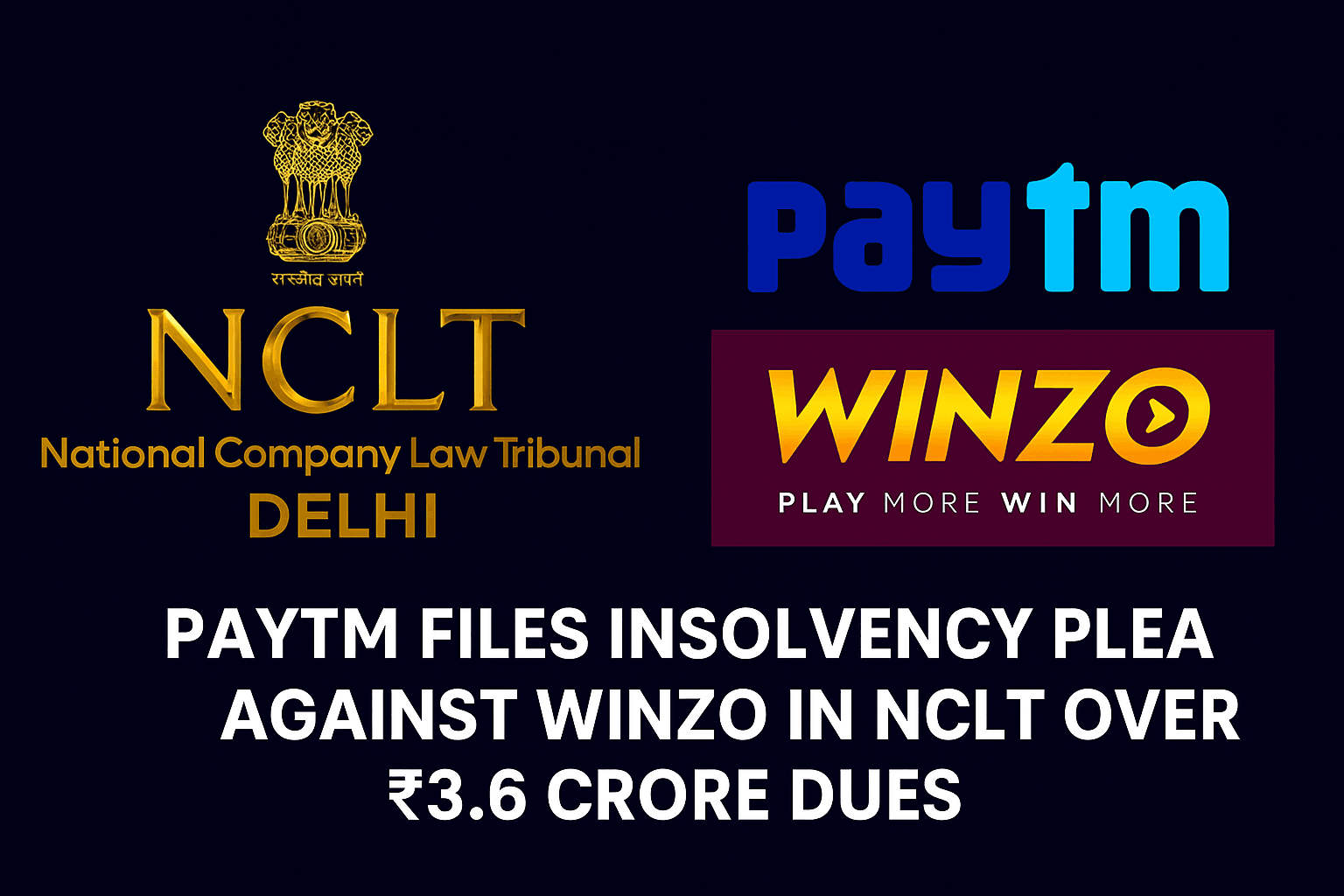
Justice Yashwant Varma Faces Impeachment Threat Amid Modi Government’s Push
Introduction
Right now, Justice Yashwant Varma, who is now serving as a judge on the Allahabad High Court and was formerly a judge on the Delhi High Court, is in the middle of a constitutional crisis that is both uncommon and very dangerous.
After allegations surfaced that significant amounts of cash were found at his apartment after a fire, the Supreme Court decided to conduct an investigation inside the court itself. It was the conclusions of the investigation panel that caused the Chief Justice of India to propose that impeachment procedures be initiated.
Given that the Union government has indicated that it intends to take action on this suggestion, a high-stakes clash has been put in motion. This battle will test the equilibrium that exists between judicial accountability and judicial independence in accordance with India’s Constitution.
For any queries or to publish an article or post or advertisement on our platform, do call at +91 6377460764 or email us at contact@legalmaestros.com.
The Allegations
Beginning in the middle of March 2024, a fire broke out at Justice Varma’s official apartment in Delhi, which was the beginning of the scandal. It was alleged by authorities that bundles of cash were discovered in different cabinets when they were conducting firefighting operations.
There was an instant uproar over the origin of such substantial money, which was a problem that could not be explained in light of the fact that a judge receives a set salary and regular allowances.
The public’s interest was heightened as a result of media stories, and within a few days, the Chief Justice of India issued an order to remove Justice Varma’s judicial duties and launched an internal inquiry in accordance with the Supreme Court’s internal process for resolving complaints against judges.
For any queries or to publish an article or post or advertisement on our platform, do call at +91 6377460764 or email us at contact@legalmaestros.com.
In-House Inquiry
In accordance with the protocols that were developed by a Supreme Court bench consisting of five judges in the late 1990s, the Chief Justice has the authority to assemble a group of serving judges in order to investigate claims of misconduct against a fellow judge.
In the case of Justice Varma, a team consisting of three individuals conducted interviews with pertinent staff members, analyzed records, and summoned documents. After a number of weeks, the panel came to the conclusion that the cash that was found could not be explained in a satisfactory manner, and that the evidence presented at first glance showed that there was misbehavior.
The report of the panel was delivered in a private manner to the Chief Justice, as was needed, and then it was transmitted to the President and Prime Minister. This was done in accordance with the constitutional requirement that the President and Prime Minister are the ones who have the authority to take further action regarding the dismissal of a judge.
For any queries or to publish an article or post or advertisement on our platform, do call at +91 6377460764 or email us at contact@legalmaestros.com.
For More Updates & Regular Notes Join Our Whats App Group (https://chat.whatsapp.com/DkucckgAEJbCtXwXr2yIt0) and Telegram Group ( https://t.me/legalmaestroeducators )
Chief Justice’s Recommendation
Taking into consideration the unfavorable findings of the panel as well as Justice Varma’s reluctance to voluntarily step down from his position, the Chief Justice of India made a formal recommendation to the government of the Union that impeachment proceedings be begun in Parliament.
A considerable escalation occurred as a result of this action. Judges who have been subjected to examination in the past have often opted for retirement rather than formal dismissal.
For any queries or to publish an article or post or advertisement on our platform, do call at +91 6377460764 or email us at contact@legalmaestros.com.
As a result of Justice Varma’s decision to stay in office and challenge the findings, the Chief Justice of India was pushed to go beyond the in-house disciplinary system and toward the constitutional procedure for removal. It was thus the suggestion of the CJI that served as the impetus for the action of Parliament.
Parliamentary Impeachment Process
Both Article 124(4) and Article 217(1)(b) of the Constitution of India regulate the process by which a judge on the Supreme Court or High Court may be removed from their position. In order for a motion to be accepted by the Speaker or Chairman of Parliament, it must be signed by a minimum of one-fourth of the members participating in either chamber of Parliament.
On the basis of this information, a committee consisting of politicians and judges will conduct an inquiry. In the event that the committee, with a majority of its members, determines that the judge is guilty of “proven misbehavior or incapacity,” the proposal go forward to the debate stage.
For any queries or to publish an article or post or advertisement on our platform, do call at +91 6377460764 or email us at contact@legalmaestros.com.
An overwhelming majority of the entire membership as well as a two-thirds majority of members who are present and voting are required for a bill to be passed in either chamber. In the end, the President issues an order that removes the judge from his position. The importance of impeachment is shown by this intricate procedure, which also highlights the high bar that is established to defend the independence of the judiciary.
Government’s Role and Political Dynamics
According to reports, the government of the Union, which is headed by the Prime Minister and is being advised by experts from the legal ministry, is getting ready to present the impeachment resolution in the Rajya Sabha during the monsoon session.
An opinion expressed by the Chief Justice of the United States bears a significant amount of weight; yet, political considerations will impact support across party lines. Despite the fact that the governing coalition has a numerical majority, it might be difficult to maintain the specialized majorities that are required for removal.
For any queries or to publish an article or post or advertisement on our platform, do call at +91 6377460764 or email us at contact@legalmaestros.com.
The opposition parties have demanded that Parliament be provided with the whole findings of the investigation, and they have urged for more openness. others who advocate for fast action argue that accountability is necessary for maintaining public faith in the judicial system, while others who are opposed to the idea caution against establishing a precedent for administrative intervention into judicial issues.
Significance for Judicial Independence
Additionally, the episode of Justice Varma focuses on sensitive issues of the separation of powers. The systems of judicial accountability must protect against misbehavior without compromising the independence that judges need in order to make decisions in a fair and unbiased manner.
There is a possibility that the judiciary may become politicized if an impeachment process is spearheaded by the executive branch and is reliant on legislative majorities. On the other hand, uncontrolled impunity for judges who are accused of improper behavior may be detrimental to the rule of law.
For any queries or to publish an article or post or advertisement on our platform, do call at +91 6377460764 or email us at contact@legalmaestros.com.
India is attempting to achieve a state of equilibrium by strictly following to the constitutional norms, which include conducting a secret probe followed by a rigorous legislative process. In the years to come, how well this equilibrium is maintained in practice will determine how people see the integrity of the legal system.
Justice Varma’s Response
Over the course of the debate, Justice Varma has always asserted his innocence, refuting allegations that he accumulated wealth via unethical methods. He refused to retire from his position, arguing that the investigation process be completed in its entirety and that he be allowed to maintain the assumption of innocence until he was legally convicted.
Experts in the field of law point out that his attitude compelled the Supreme Court and the government to take the more public option of impeachment rather than resolving the situation in a private or confidential manner.
For any queries or to publish an article or post or advertisement on our platform, do call at +91 6377460764 or email us at contact@legalmaestros.com.
Those who are concerned about the power of the executive branch have expressed their sympathies for his unwillingness to stand down, while others have voiced their dissatisfaction and demanded full responsibility.
Potential Outcomes
You may expect a few different outcomes. The motion would be lost, and Justice Varma would continue to serve in his current position, despite the fact that his reputation could continue to be destroyed. This would occur if Parliament was unable to assemble the needed majority for impeachment.
He would be removed from the bench if the motion were to be successful, making it just the fourth time in India’s history that such a removal has occurred. On the other hand, the procedure would be seen to have been abandoned if Justice Varma decided to step down before the motion was resolved.
For any queries or to publish an article or post or advertisement on our platform, do call at +91 6377460764 or email us at contact@legalmaestros.com.
In every instance, the incident acts as a test of constitutional protections that are intended to preserve not just the integrity of the judicial system but also the public’s trust in the judicial system’s integrity.
Looking Forward
As the session of the Rajya Sabha draws near, all eyes will be focused on the legislative discussions and the stances taken by the parties. The manner in which the administration deals with the motion will provide insight into its larger viewpoint toward judicial supervision.
The desire of the opposition to disclose the whole report of the investigation might result in the unusual openness of the Supreme Court’s procedures, which are generally maintained in strict confidence.
For any queries or to publish an article or post or advertisement on our platform, do call at +91 6377460764 or email us at contact@legalmaestros.com.
In the meanwhile, legal academics and civil society organizations will investigate whether the impeachment process performs as intended, which is to say, as an unusual remedy for proved misconduct rather than as a regular vehicle of political retaliation.
Conclusion
An important turning point in the annals of Indian judicial history is represented by the possibility of impeachment being brought against Justice Yashwant Varma. The conflict that exists between ensuring that judges are held to the highest ethical standards and protecting their independence from political meddling is brought into sharper focus by this.
The constitutional framework is being put to the test in real time by advancing systematically through the in-house investigation process and into the arena of the legislative process. Not only will the verdict decide what happens to Justice Varma, but it will also have a significant impact on the future contours of judicial accountability and independence in India.
For any queries or to publish an article or post or advertisement on our platform, do call at +91 6377460764 or email us at contact@legalmaestros.com.




![Research Assistantship @ Sahibnoor Singh Sindhu, [Remote; Stipend of Rs. 7.5k; Dec 2025 & Jan 2026]: Apply by Nov 14, 2025!](https://legalmaestros.com/wp-content/uploads/2025/11/Gemini_Generated_Image_s0k4u6s0k4u6s0k4-768x707.png)
![Karanjawala & Co Hiring Freshers for Legal Counsel [Immediate Joining; Full Time Position in Delhi]: Apply Now!](https://legalmaestros.com/wp-content/uploads/2025/11/Gemini_Generated_Image_52f8mg52f8mg52f8-768x711.png)